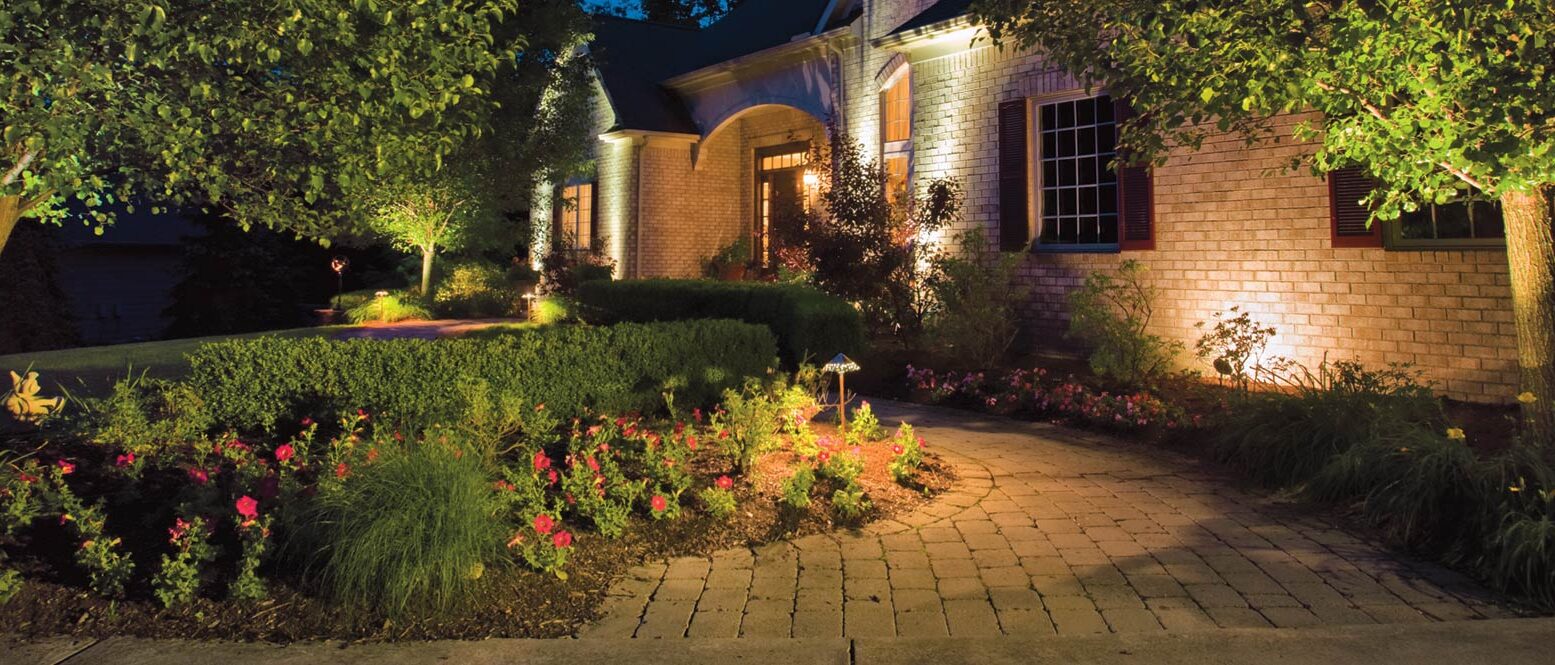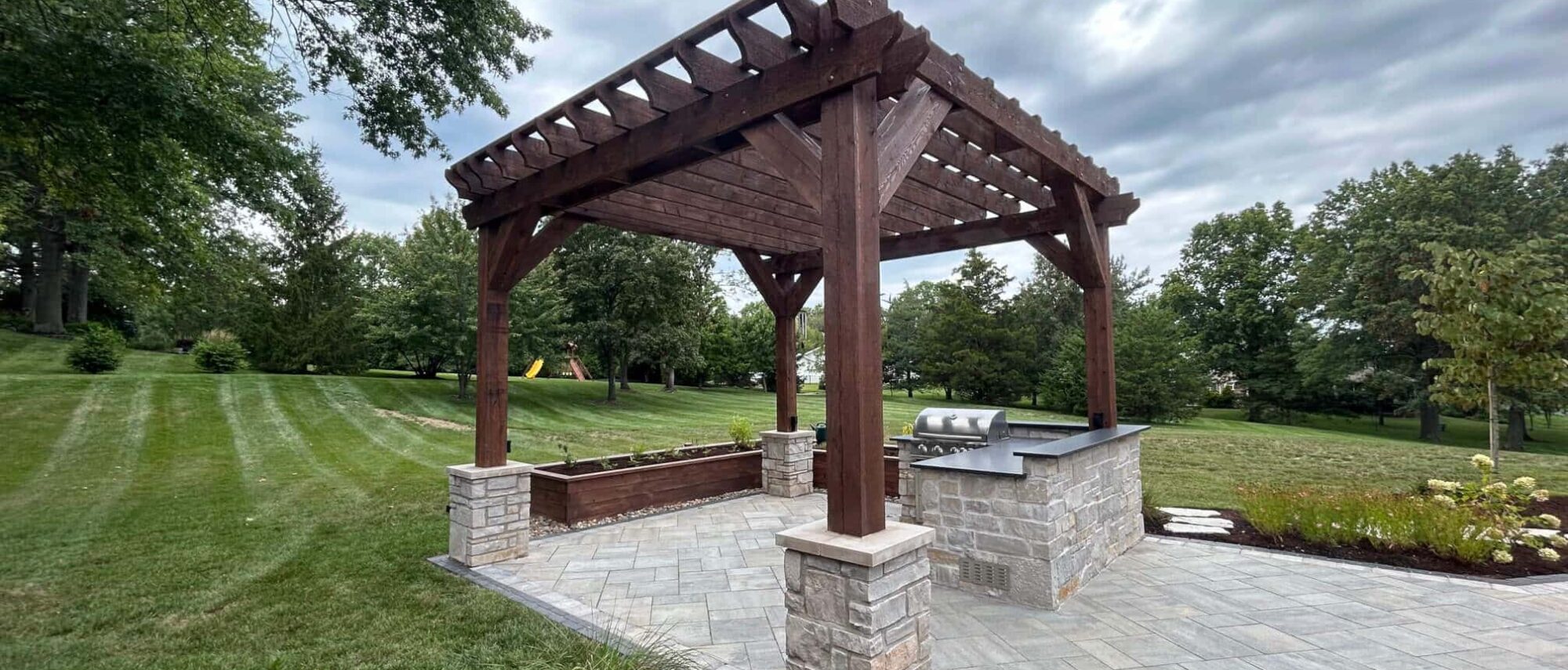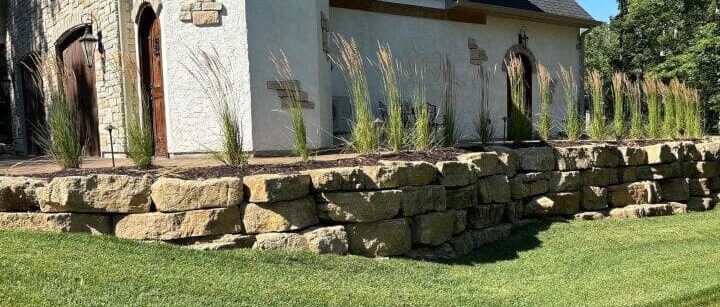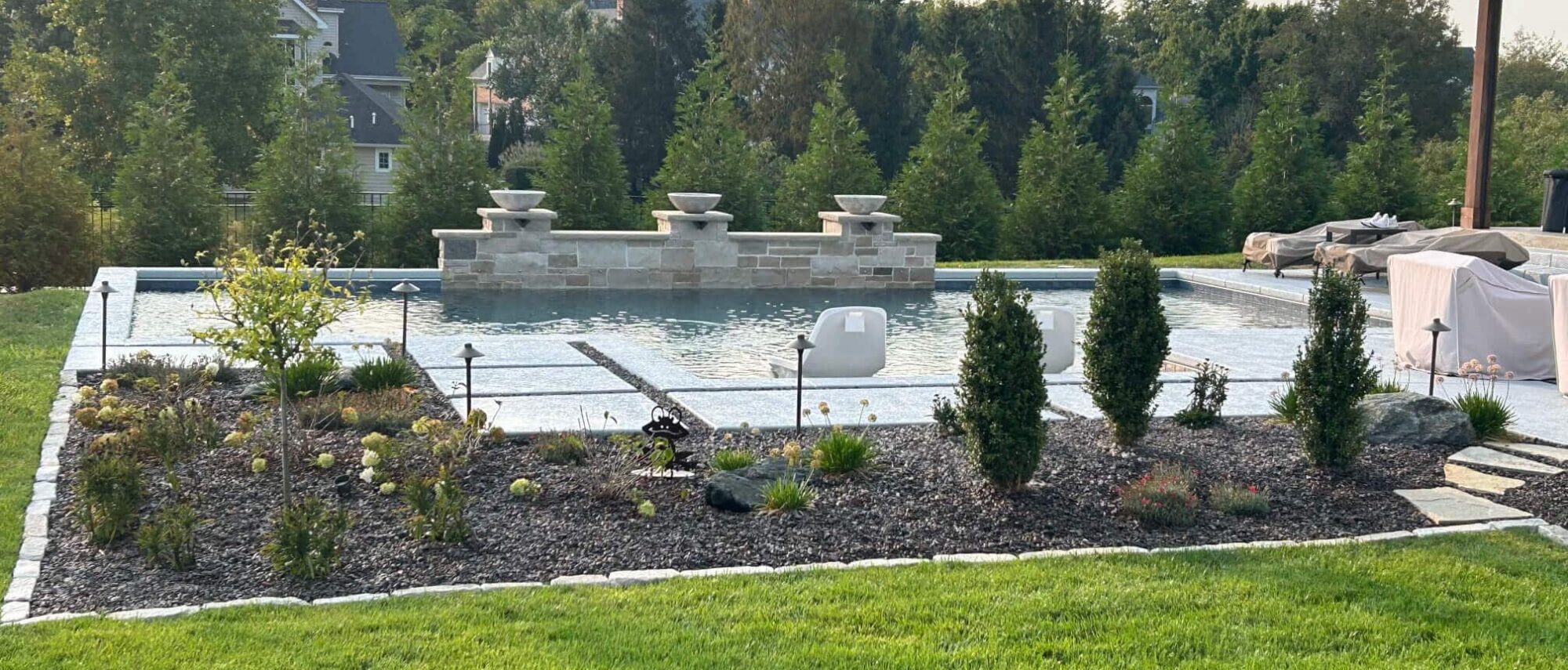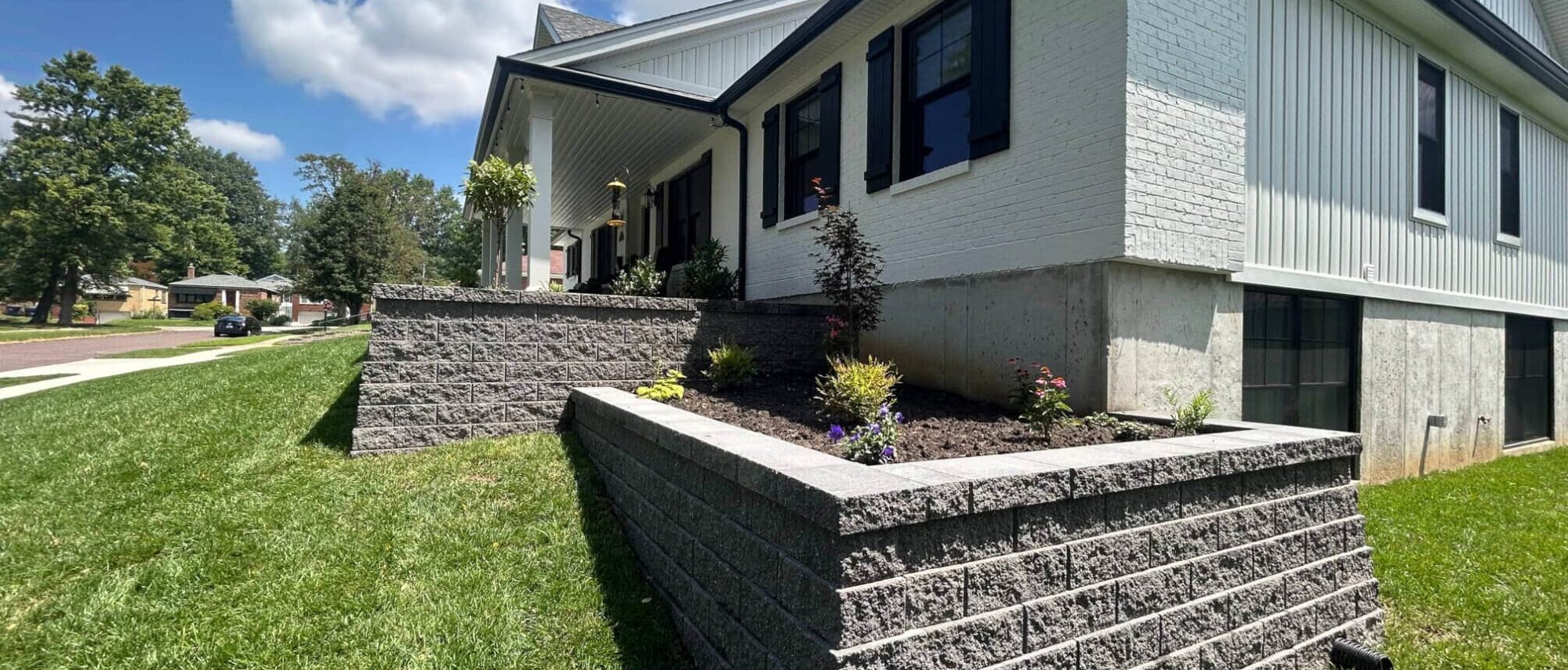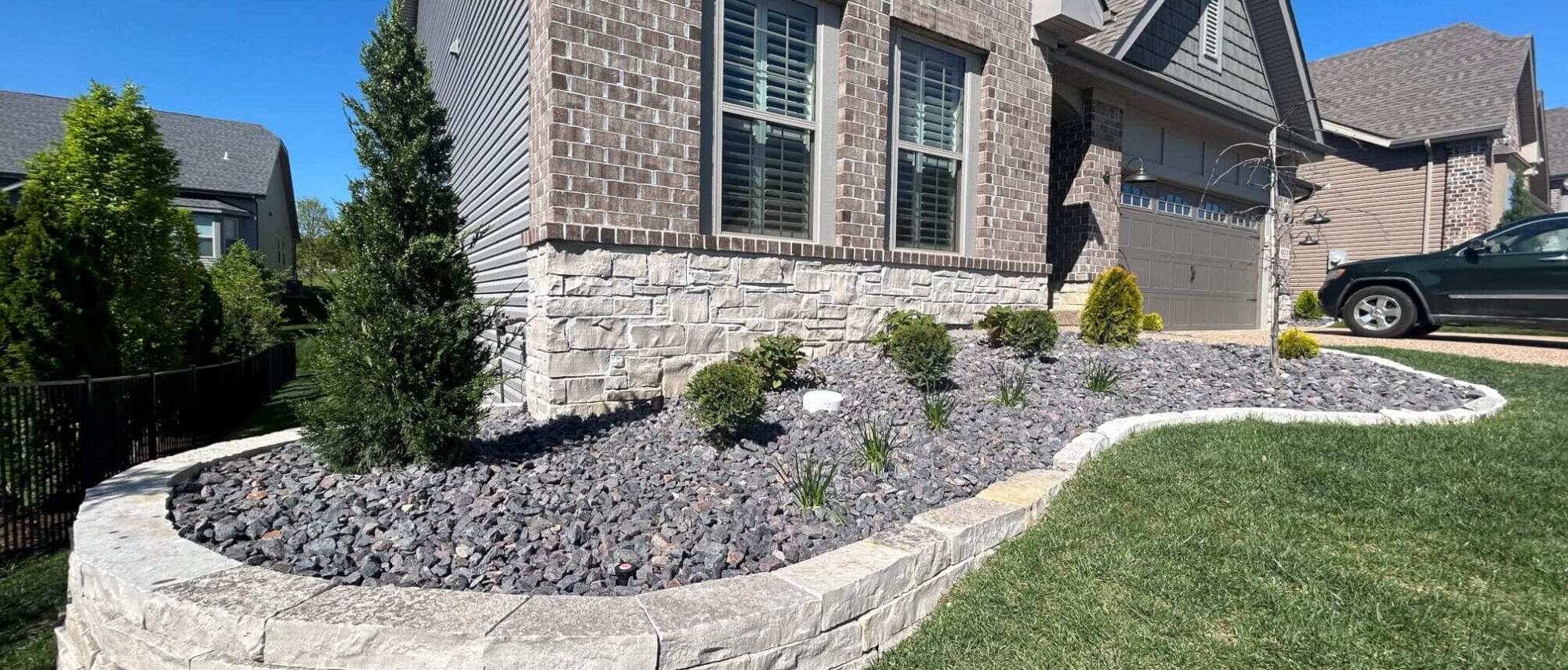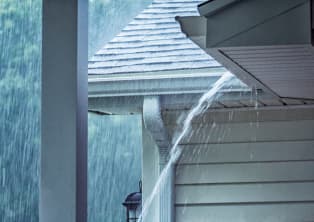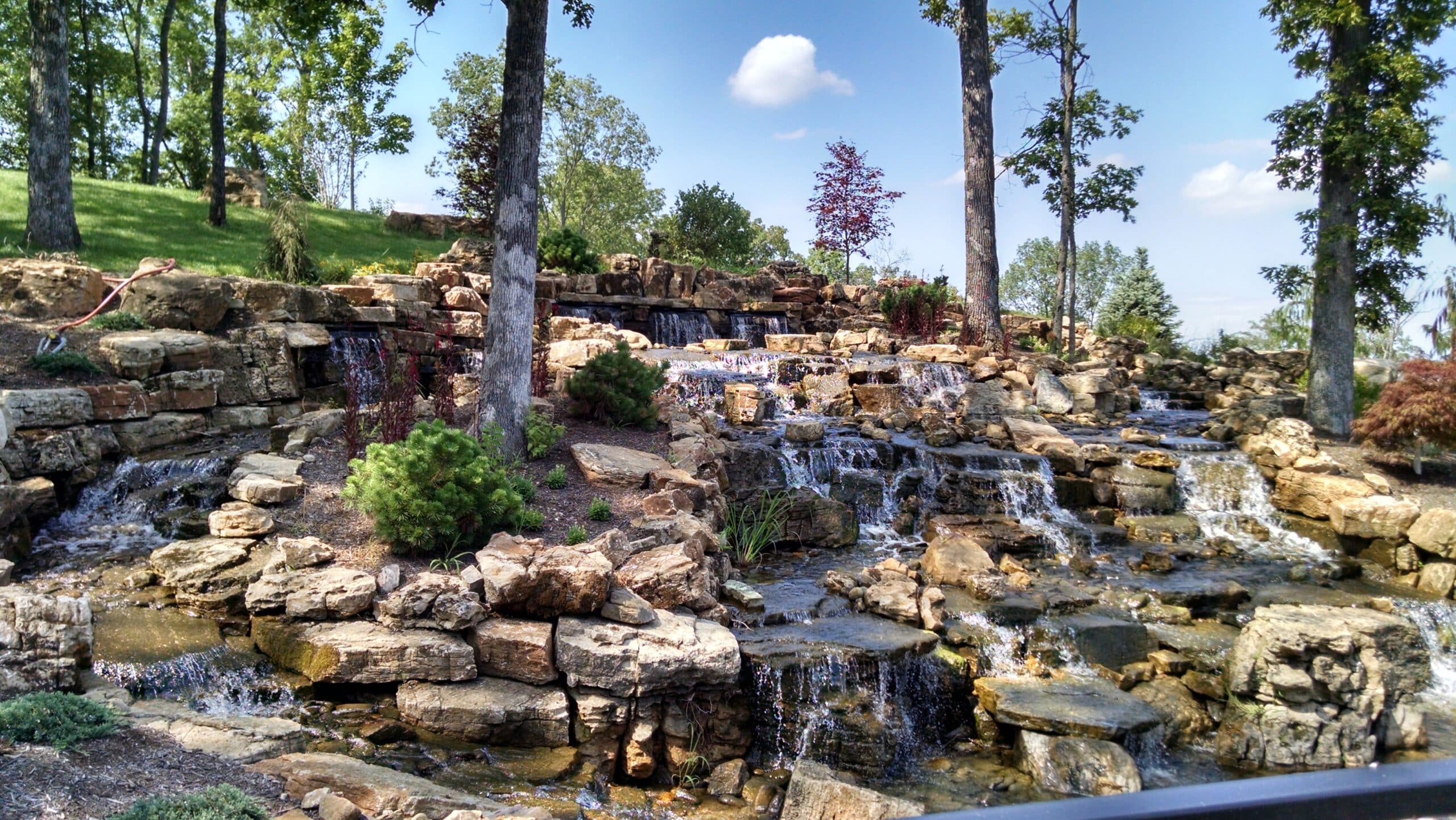Property drainage is a crucial aspect of maintaining a safe and healthy living or working environment. Here are some related topics that might be of interest:
1. Water Management: Managing water flow and runoff on a property, including drainage, to prevent water-related issues like flooding and erosion.
2. Stormwater Management: Managing stormwater runoff to prevent pollution, erosion, and flooding. It involves designing and implementing systems to capture, filter, and slowly release stormwater into the environment.
3. Sewer Systems: While not directly related to property drainage, sewer systems are often connected to drainage issues. Understanding how sewer systems work and how they interact with property drainage is essential.
4. Foundation Repair: Poor drainage can lead to foundation problems, such as cracks, settlement, and water damage. Understanding foundation repair techniques and how they relate to drainage issues is important.
5. Landscape Design: A well-designed landscape can help with property drainage by incorporating features like swales, rain gardens, and permeable pavers to manage water runoff.
6. Erosion Control: Erosion control measures, such as retaining walls, terracing, and vegetation, can help prevent soil erosion and landslides, which are often related to poor drainage.
7. Flood Control: Flood control measures, like levees, dams, and floodwalls, are designed to prevent or mitigate flooding, which is often linked to property drainage issues.
8. Water Conservation: Conserving water through efficient irrigation systems, rainwater harvesting, and low-water landscaping can reduce the burden on property drainage systems.
9. Soil Science: Understanding soil types, permeability, and water-holding capacity is essential for designing effective drainage systems and preventing water-related issues.
10. Environmental Impact: Property drainage can have environmental implications, such as water pollution, habitat disruption, and ecosystem damage. Understanding these impacts is crucial for sustainable drainage practices.
11. Drainage Regulations: Familiarity with local regulations, ordinances, and building codes related to property drainage is essential for compliance and avoiding legal issues.
12. Insurance and Liability: Property owners should be aware of the insurance implications of drainage-related issues and potential liabilities associated with water damage or flooding.
These topics are all interconnected and can have a significant impact on property drainage. By understanding these related topics, you’ll be better equipped to manage water on your property and prevent costly problems.
Our experts can help you create a plan to revitalize your property to take advantage of the latest strategies to move water away from areas you want to protect and utilize the slope of your yard for updated landscaping and water drainage techniques. Reach out to our team, servicing the following communities: Fenton, St. Louis, Ladue, Chesterfield, St. Charles, and Lake St. Louis.

